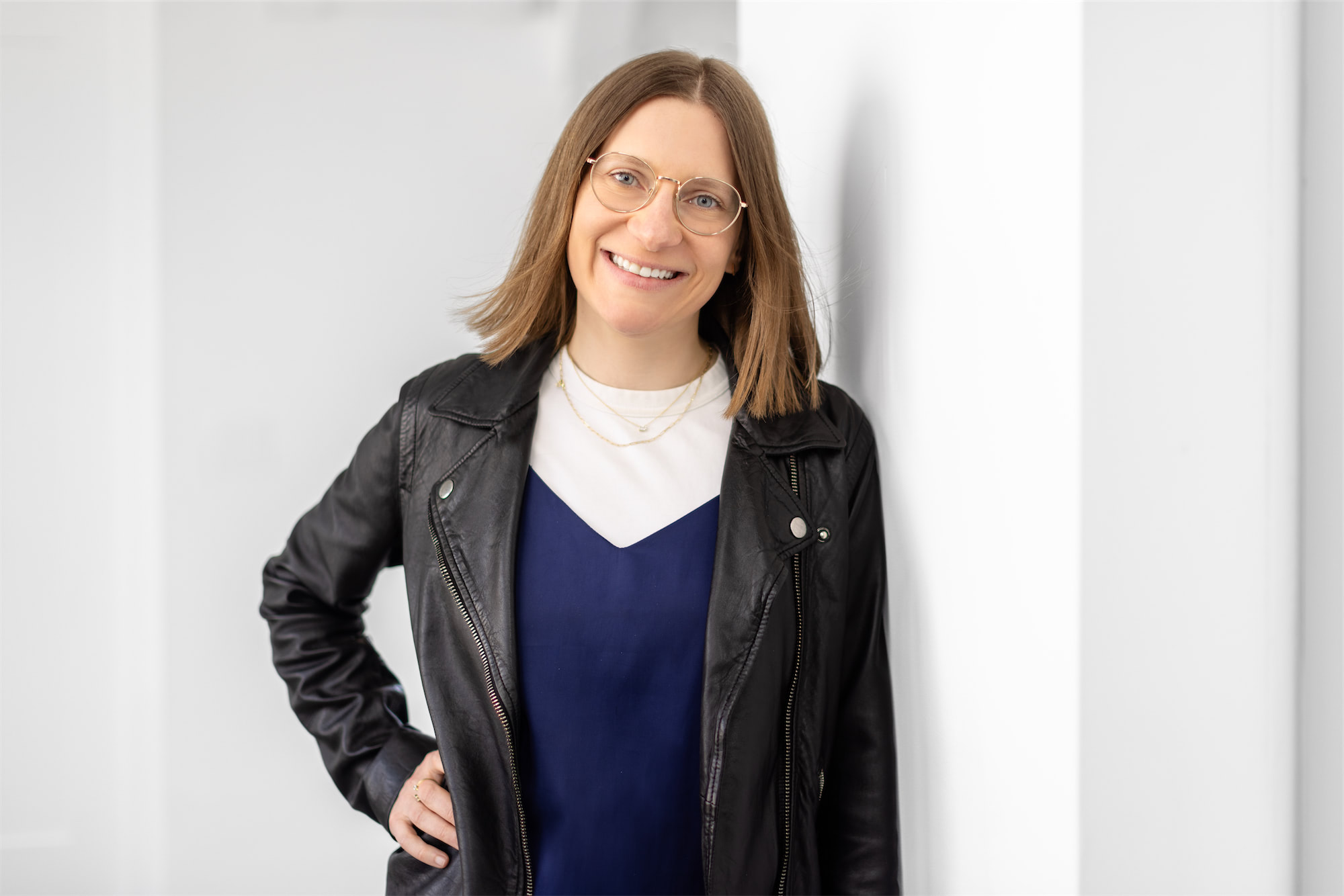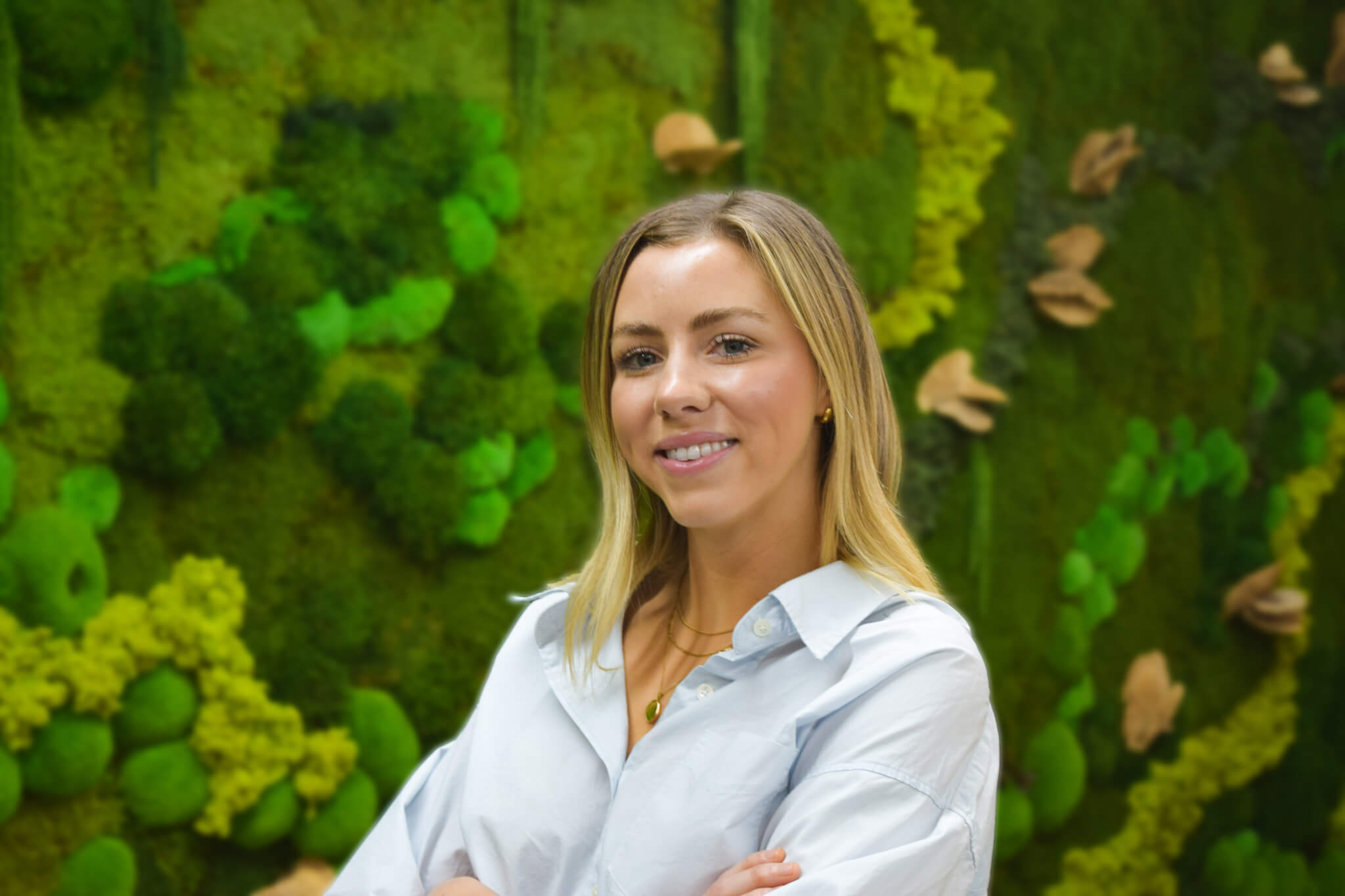This is a recap of our discussion with Pedram Keyani, former Director of Engineering at Facebook and Uber, and our newest Visiting Partner. Keep an eye out for Pedram’s upcoming tactical guide diving deeper into these concepts.
Watch the full talk at pear.vc/speakers and RSVP for the next!
Mistake #1: Not Prioritizing Your Hires
The first mistake managers encounter in the hiring process is not prioritizing hires. Often, when faced with building a company’s first team, managers tend to hire for generalists. While this is a fine principle, managers must still identify what the most critical thing to be built first is.
“The biggest challenge that I see a lot of teams make is they don’t prioritize their hires, which means they’re not thinking about: what do they need to build? What is the most critical thing that they need to build?”
Mistake #2: Ignoring Hustle, Energy, and Optimism
People naturally prefer pedigreed engineers — engineers that have worked at a FAANG company, for example, or engineers that have built and shipped significant products. But for young companies that might not have established a reputation yet, they’re more likely to attract new college grads.
“They’re not going to know how to do some of the things that an engineer who’s been in the industry for a while will do, but oftentimes what they have is something that gets beaten out of people. They have this energy, they have this optimism. If you get a staff engineer that’s spent their entire career at—name-your-company—they know how to do things a particular way. And they’re more inclined to saying no to any new idea than they are to saying yes.”
So don’t worry too much about getting that senior staff engineer from Google. Often, bright-eyed, optimistic young engineers just out of school work well too.
Mistake #3: Not Understanding Your Hiring Funnel
Managers must be aware of how their hiring funnels are laid out. No matter what size of company or what role, a hiring manager must treat recruiting like their job and be a willing partner to their recruiters.
Get involved as early as sourcing.
“If they’re having a hard time, for example, getting people to respond back to their LinkedIn or their emails, help put in a teaser like, ‘Our director or VP of this would love to talk to you.’ If that person has some name recognition, you’re much more likely to get an initial response back. That can really fundamentally change the outcomes that you get.”
Mistake #4: Not Planning Interviews
Once a candidate gets past the resume screen to interviews, that process should be properly planned. Interviewing is both a time commitment from the candidate and from the company’s engineering team. Each part of the process must be intentional.
For phone screens, a frequent mistake is having inexperienced engineers conduct them.
“You want the people who are doing the phone screens to really be experienced and have good kinds of instincts around what makes a good engineer.”
For interviews, Pedram suggests teams have at least two different sessions on coding and at least one more session on culture.
To train interviewers, a company can either have new interviewers shadow experienced interviewers or experienced interviewers reverse shadow new interviewers to make sure they’re asking the right questions and getting the right answers down.
Mistake #5: Lowering Your Standards
Early companies can encounter hiring crunches. At this time, hiring managers might decide to lower their standards in order to increase headcounts. However, this can be extremely dangerous.
“You make this trade off, when you hire a B-level person for your company—that person forever is the highest bar that you’re going to be able to achieve at scale for hiring because B people know other B people and C people.”
What about the trade-off between shipping a product and hiring a less qualified teammate? Just kill the idea.
“At the end of the day, these are people you’re going to be working with every day.”
Mistake #6: Ignoring Your Instincts
Failure #5 ties into Failure #6: Ignoring your instincts. If there’s a gut feeling that your candidate won’t be a good fit, you should trust it.
“The worst thing you can do is fire someone early on because your team is going to be suffering from it. They’re going to have questions. They’re going to think, ‘Oh, are we doing layoffs? Am I going to be the next person?’”
Mistake #7: Hiring Brilliant Jerks
During the hiring process, managers may also encounter “Brilliant Jerks.” These are the candidates that seem genius, but may be arrogant. They might not listen, they might become defensive when criticized, or they might be overbearing.
The danger of hiring brilliant jerks is that they’ll often shut down others’ ideas, can become huge HR liabilities, and won’t be able to collaborate well within a team environment at all.
So when hiring, one of the most important qualities to look out for is a sense that “this is someone that I could give feedback to, or I have a sense that I could give feedback to you.”
Mistake #8: Giving Titles Too Early
Startups tend to give titles early on. A startup might make their first engineering hire and call them CTO, but there are a lot of pitfalls that come with this.
“Make sure that you’re thoughtful about what your company is going to look like maybe a year or two year, five years from now. If you’re successful, your five person thing is going to be a 500,000 person company.”
Can your CTO, who has managed a five person team effectively, now manage a 500,000 person team?
Instead of crazy titles, provide paths to advancement instead.
“Give people roles that let them stretch themselves, that let them exert responsibility and take on responsibility and let them earn those crazy titles over time.”
Mistake #9: Overselling The Good Stuff
When a team’s already locked in their final candidates, young companies might be incentivized to oversell themselves to candidates—after all, it’s hard to compete against offers from FAANG these days. But transparency is always the best way to go.
“You need to tell a realistic story about what your company is about. What are the challenges you’re facing? What are the good things? What are the bad things? Don’t catfish candidates. You may be the most compelling sales person in the world, and you can get them to sign your offer and join you, but if you’re completely off base about what the work environment is like a weekend, a month, and six months in, at some point, they’ll realize that you are completely bullshitting them.”
As Director of Engineering at Facebook, Pedram made sure to put this into practice. After mentioning the positives and perks of the job, he would follow up with “By the way, it’s very likely that on a Friday night at 9:00 PM, we’re going to have a crazy spam attack. We’re going to have some kind of a vulnerability come up. My team, we work harder than a lot of other teams. We work crazy hours. We work on the weekends, we work during holidays because that’s when shit hits the fan for us. I wouldn’t have it any other way, but it’s hard. So if you’re looking for a regular nine to five thing, this is not your team.”
Make sure to set expectations for the candidate before they commit.
Mistake #10: Focusing on the Financial Upside
Don’t sell a candidate on money as their primary motivation during this process.
“If the key selling point you have to your potential candidate is that you’re going to make them a millionaire you’ve already lost.”
Instead, develop an environment and culture about a mission. Highlight that “if we create value for the world, we’ll get some of that back.”
Mistake #11: Getting Your Ratios Wrong
Companies want to make sure that they have the right ratio of engineering managers to engineers. Each company might define their ratios differently, but it’s important to always keep a ratio in mind and keep teams flexible.
Mistake #12: Not Worrying About Onboarding
Once a candidate signs on, the onboarding process must be smooth and well-planned. Every six months, Pedram would go through his company’s current onboarding process himself, pretending to be a new hire. This allowed him to iterate and make sure onboarding was always up to date.
“It’s also a great opportunity for you to make sure that all of your documentation for getting engineers up to speed is living documentation as well.”
Mistake #13: Not Focusing on Culture
Culture should underscore every part of the hiring process. It can be hard to define, but here are some questions to start:
- How does your team work?
- How does your team solve problems?
- How does your team deal with ambiguity?
- How does your team resolve conflicts?
- How does your team think about transparency and openness?
“Culture is something that everyone likes to talk about, but it really just boils down to those hard moments.”
Mistake #14: Never Reorganizing
Failure #14 and #15 really go hand in hand. As many companies grow, they may forget to reorganize.
“You need to shuffle people around. Make sure you have the right blend of people on a particular team. You have the right experiences on a team.”
Again, keep your ratios in mind.
Mistake #15: Never Firing Anyone
Lastly, and possibly the hardest part of hiring, companies need to learn to let people go.
“People have their sweet spot. Some people just don’t scale beyond a 20 person company. And, you know, keeping them around is not fair to them and not fair to your company.”






